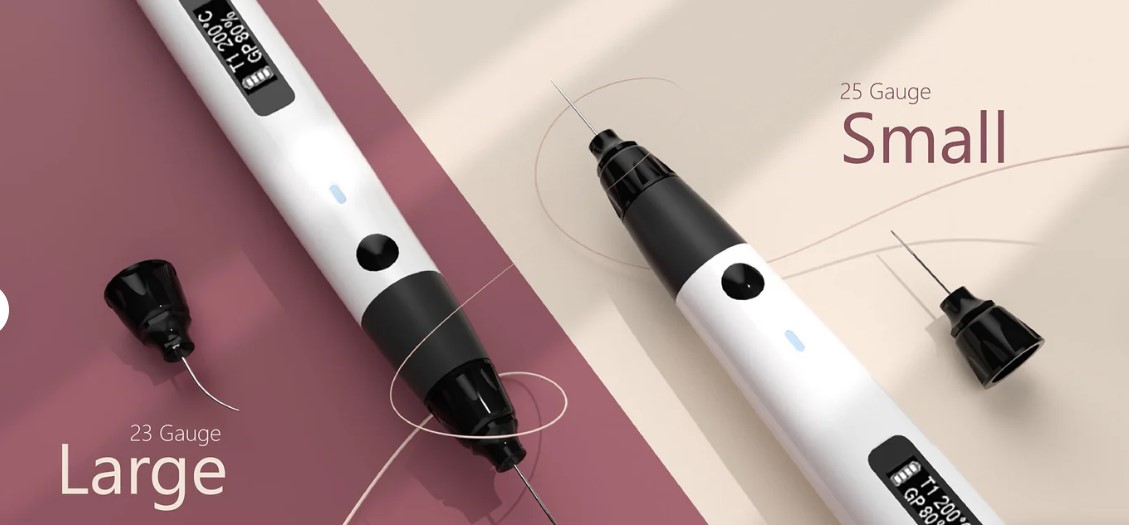Endodontic procedures have evolved significantly with the advent of advanced endodontic instruments, revolutionizing the way root canal treatments are performed. These cutting-edge tools not only improve procedural efficiency but also enhance patient comfort and treatment success rates. As technology advances, dental professionals now have access to a range of sophisticated instruments that allow for more precise, effective, and less invasive procedures.
The Evolution of Endodontic Instruments
In the past, endodontic treatments were often associated with discomfort and extended chair time due to the limitations of traditional manual instruments. However, modern rotary and reciprocating systems, ultrasonic devices, and advanced irrigation techniques have transformed the field, leading to better outcomes and improved patient experiences.
Key Technological Advancements in Endodontics
- Rotary and Reciprocating Endodontic Files
- Ultrasonic Endodontic Instruments
- Advanced Irrigation and Disinfection Techniques
- Apex Locators and Digital Imaging
- Bioceramic Materials for Root Canal Sealing
Each of these innovations contributes to enhanced efficacy, safety, and comfort for both patients and practitioners.
Rotary and Reciprocating Endodontic Files
Rotary and reciprocating systems have replaced traditional hand files, offering greater precision and reduced procedural time. These systems are powered by electric motors, allowing for smooth and controlled canal shaping.
Benefits of Rotary and Reciprocating Files:
- Increased Efficiency: Rotary files allow for faster and more consistent cleaning and shaping of root canals.
- Minimized Patient Discomfort: The smooth and controlled movement reduces unnecessary pressure and trauma to surrounding tissues.
- Reduced Risk of File Breakage: Modern nickel-titanium (NiTi) alloys enhance flexibility and durability.
- Better Preservation of Tooth Structure: Advanced file designs reduce the risk of excessive dentin removal.
Ultrasonic Endodontic Instruments
Ultrasonic devices play a crucial role in modern endodontic treatment, retreatment, and microsurgery. These instruments use high-frequency ultrasonic vibrations to assist in canal debridement and removal of obstructions.
Advantages of Ultrasonic Instruments:
- Superior Debridement: Efficiently remove pulp tissue, bacteria, and debris from root canals.
- Enhanced Access to Complex Anatomy: Allows better penetration into intricate root canal systems.
- Atraumatic Procedures: Minimizes damage to surrounding structures, improving post-treatment recovery.
Advanced Irrigation and Disinfection Techniques
One of the biggest challenges in endodontics is eliminating bacteria from the root canal system. Traditional irrigation methods often fail to reach complex anatomical areas, but modern irrigation techniques significantly improve disinfection.
Innovative Irrigation Techniques Include:
- Passive Ultrasonic Irrigation (PUI): Uses ultrasonic energy to enhance the penetration of irrigants.
- Laser-Activated Irrigation (LAI): Delivers superior disinfection by using laser energy to activate cleaning solutions.
- Sonic Irrigation Systems: Creates dynamic fluid movement, improving debris removal from hard-to-reach areas.
- Antibacterial Irrigation Solutions: Advanced solutions like EDTA, CHX, and sodium hypochlorite enhance microbial elimination.
These advanced irrigation techniques ensure that bacterial colonies are eradicated, reducing the chances of reinfection and treatment failure.
Apex Locators and Digital Imaging for Enhanced Accuracy
Accurate working length determination is critical for successful endodontic treatment. Apex locators and digital imaging technologies help clinicians achieve optimal treatment outcomes.
How These Tools Improve Treatment:
- Electronic Apex Locators (EALs): Provide precise measurements of the root canal length, reducing reliance on X-rays.
- CBCT (Cone Beam Computed Tomography): Offers 3D visualization of complex root canal anatomy.
- Digital Radiography: Reduces radiation exposure while enhancing diagnostic accuracy.
By integrating these technologies, practitioners can enhance treatment precision, minimize procedural errors, and improve long-term outcomes.
Bioceramic Materials for Root Canal Sealing
The use of bioceramic sealers and filling materials has transformed root canal obturation techniques. These materials offer excellent biocompatibility, antibacterial properties, and superior sealing ability.
Key Benefits of Bioceramic Materials:
- Strong Bonding to Dentin: Prevents microleakage and enhances the longevity of the treatment.
- Antibacterial Properties: Reduces the risk of post-treatment infection.
- Bioactive Potential: Promotes healing by encouraging the formation of new dentin.
- Minimized Shrinkage: Ensures a tight seal, reducing reinfection risks.
Impact on Patient Comfort and Success Rates
The incorporation of advanced endodontic instruments directly correlates with improved patient comfort and treatment success.
How These Innovations Benefit Patients:
- Shorter Treatment Time: Reduced procedural duration leads to less chair-side fatigue.
- Less Post-Operative Pain: Minimally invasive techniques reduce post-treatment discomfort.
- Higher Treatment Success Rates: Better cleaning, shaping, and sealing lower the risk of reinfection.
- Preservation of Natural Teeth: Enhanced precision helps maintain as much of the natural tooth structure as possible.
Conclusion
Advanced endodontic instruments have revolutionized root canal treatments, making them more efficient, comfortable, and predictable. From rotary files and ultrasonic devices to cutting-edge irrigation techniques and digital imaging, these innovations contribute to superior patient outcomes. As technology continues to evolve, endodontists can deliver even more precise and comfortable treatments, ensuring the long-term success of root canal therapy.









